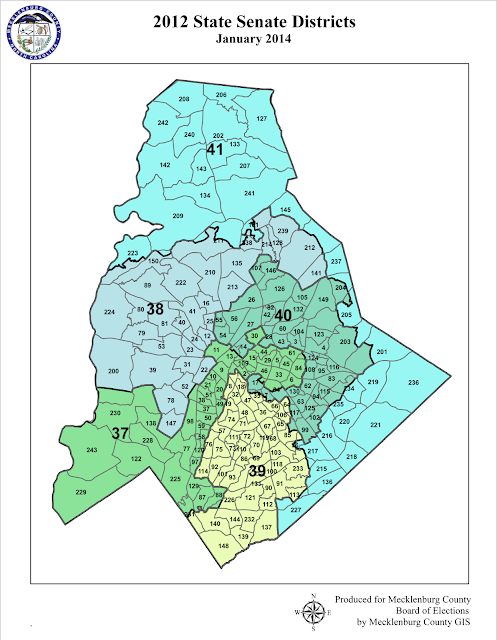So, it’s time for the annual New Years column, that time for throwing out an idea or two on what to do differently in the coming 365 days called 2017.
Last year’s idea was to cut back on being “connected” by going offline one day a week. It did not go well. Just like with the ubiquitous annual intention of getting into better shape, I lasted just a few weeks before starting to slip. So, this year I thought maybe something a little more focused on taking advantage of opportunities when they arise rather than trying to force something that’s likely not to succeed.
A few weeks ago I came across something in my Facebook feed that reminded me of a topic that had been on the “idea board” for a column for quite a while now. It seems to fit the bill – especially considering how divided our society seems to be after the rough and tumble of 2016. Hat tip to Davidson Commissioner Rodney Graham for the reminder.
Living in Davidson is often compared living in a “bubble”. I personally prefer to liken it to living in a Norman Rockwell painting, but the bubble comparison can a also fit. Back in 2015, Davidson received the dubious honor from the website RoadSnacks.net of being the “snobbiest” town in North Carolina. While I certainly wouldn’t agree with that literal designation, the criteria used to make it do shed light on why the bubble here might be a little thicker than normal. Here’s what they had to say.
“Davidson is home to just about the smartest, wealthiest people in the entire state. The live in the 3rd biggest homes. And, since it’s home to Davidson College, you probably wouldn’t be surprised to hear that almost 70% of the people who live there have a college degree.”
Add into that list access to theaters and art galleries and Davidson ranks highest on the list of criteria used by the RoadSnacks.net site. Calling those things snobby by definition is certainly open to debate. However, it’s not far fetched to say living in that environment could skew one’s perception of what is important when compared to those who don’t.
To be clear, those things and that bubble doesn’t just apply to Davidson. Not by a long shot. They are things that apply to large swaths of the larger Lake Norman and Charlotte areas. They are things, while all being positive, can lead to a pretty thick bubble.
All that brings us to how to measure that bubble and what to do about it.
Google “Do you live in a bubble?” to find a quiz posted by NPR gauging how removed your upbringing and lifestyle may be from average America. Take the quiz. Then, compare your results to see how thick your bubble is when compared to “mainstream” America.
Now here’s the suggestion, if you are so inclined, for how to pierce that bubble.
For each level removed from mainstream American culture try to do two things this coming year that consciously works at removing a bubble layer. That would just be 8 things a year.
Make them intentional efforts if possible. Volunteer at a soup kitchen or maybe Room I the Inn this winter. Maybe spend an afternoon helping with a Habitat for Humanity home building project. If you are feeling more adventurous, check out what mission opportunities might be available through your local churches. Those may only be open to church members, but many offer trips within the state to do service projects or to help out when the next natural disaster strikes.
Opportunities to help others are plentiful, and nothing pierces the bubble that can be created by of having access to plenty than by helping out those who don’t. With 2017 shaping up to be another volatile one in our state, nation, and world, reaching out to help others and learn a little about their lives could be one small way to smooth things out.
Have a safe and happy New Years!
This post was first published in this week’s Herald Weekly at HuntersvilleHerald.com


































